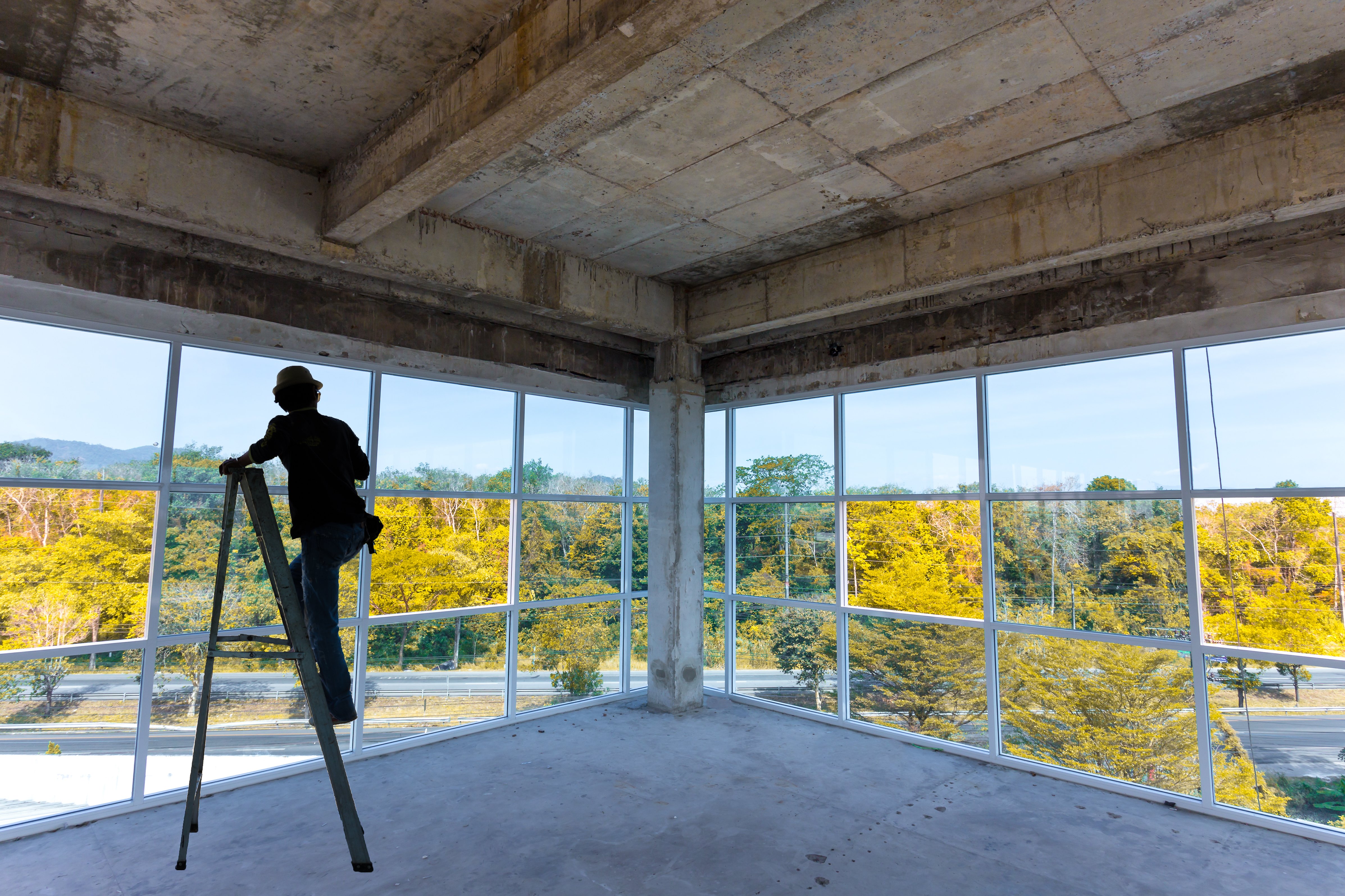KEY POINTS
-
The One Big Beautiful Bill (OBBB) was signed into law on July 4, 2025. This article covers four key takeaways for US nonresidential construction, including full first-year depreciation on machinery and short-lived assets, encouraging industrial and tech sector investment.
-
Businesses can now fully deduct production-related buildings upfront, likely fueling a wave of industrial construction.
-
Extended personal tax cuts are expected to raise disposable income and drive demand for retail, hospitality, and entertainment spaces.
-
Increased demand and limited supply may lead to inflation, labor shortages, and long-term economic pressure despite short-term construction gains.
President Trump signed the One Big Beautiful Bill (OBBB) into law on July 4, 2025. This landmark legislation delivers expansive tax cuts, defense spending, and regulatory shifts. Let’s explore four takeaways for the US nonresidential construction market.
Four Nonresidential Construction Takeaways from the OBBB
1. Accelerated Depreciation of Equipment to Bolster Industrial Investment
-
The OBBB introduces a provision for 100% bonus depreciation on qualifying machinery, equipment, and other short-lived assets in the first year of ownership.
-
This measure is expected to be a substantial catalyst for industrial and manufacturing spending, as firms will be incentivized to invest more aggressively in capital assets.
-
Notably, assets such as servers and data center infrastructure fall under this category due to their classification as short-lived equipment, positioning the tech and data services sectors to benefit alongside traditional manufacturing.
2. Full Expensing for Production Structures Spurs Immediate Development
-
Another significant policy within the OBBB is the 100% depreciation for “Production Structures,” which allows businesses to fully deduct the cost of qualified nonresidential buildings used in production activities in the first year.
-
This policy is a major shift from traditional depreciation timelines that could stretch over 27 or more years.
-
Thanks to the new law’s rapid accounting benefits, we expect the stimulation of new construction in industrial and production sectors as early as next year.
3. Consumer-Oriented Tax Relief May Boost Retail and Hospitality Demand
-
The Act’s broadest tax changes will extend the individual tax cuts initially passed during the first Trump administration in late 2017. Without the OBBB’s intervention, those tax cuts would have ended in 2025. By further extending the previous tax cuts and adding new tax cuts to tips and overtime pay, the bill is expected to create a modest but important bump in near-term disposable income.
-
Over the next 10 years, the cumulative impact of these tax changes is expected to keep more than $5 trillion in the hands of tax-paying consumers for their own saving and spending intentions.1
-
With a greater share of workers’ income staying in their pockets, the demand for consumer-facing nonresidential spaces, including hotels, retail developments, and entertainment venues, could experience further growth in the years ahead.
-
Additionally, as consumers spend more on travel and shopping, developers and operators in these sectors could experience increased demand, justifying further capital expenditures in these areas.
4. Inflation Risks Loom Amid Supply and Labor Constraints, Elevated Demand
-
Despite its stimulative aims, the Act also carries a potential inflationary downside. By amplifying demand across both consumer and business sectors, the economy may overheat, especially given current supply-side constraints that may be made worse by tariffs and a shrinking labor force.
-
The investment return on building and supplying a new facility when costs are dear is always a challenge. It will worsen if businesses cannot find workers to staff new facilities.
-
These structural bottlenecks could limit domestic production relative to demand, pushing prices higher. Analysts, including those at our partner Oxford Economics, forecast that this inflationary pressure may materialize more clearly by 2026–2027, a view echoed by several experts monitoring macroeconomic risks tied to the OBBB.
-
Additionally, several macroeconomic outfits remain strongly concerned that rising public debt costs will act as a long-run and worsening drag on overall economic growth in the 2030s and beyond.
An Optimistic Outlook with a Delayed Construction Dividend
Overall, the OBBB presents a near-term net positive for the U.S. economy, offering targeted stimulus through tax relief and accelerated capital investment. Firms with the right tools, insights, and agility should consider using the remainder of this year to position and market themselves for the emerging opportunities of 2026 and beyond, as seen by prospective owners and developers of new infrastructure.
Estimating how long these benefits to the nonresidential construction sector will boost demand will be a great challenge. The only apparent certainty is that any boost will be bounded by thus-far ambiguous inflationary and demographic risks.
1Based on the impact these measures will have on the national deficit between 2025 and 2034, according to the Committee for a Responsible Federal Budget.








